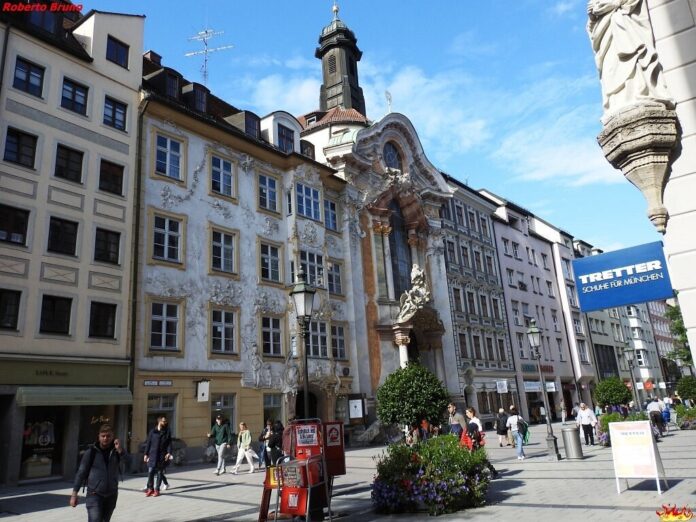In the southern edge of Munich’s historic center lies Sendlinger Tor, a medieval gate that once marked the entrance to the city. Today it is a lively square where trams, commuters, and wanderers all converge.
Yet what makes this area fascinating is not just the gate itself, but the network of streets surrounding it. Tucked between bustling avenues are quieter lanes full of character, stories, and contrasts that most visitors overlook.
If you are drawn to Munich beyond its postcard landmarks, Sendlinger Tor and its lesser known side streets open up an entirely different layer of the city.
Key Points
- Sendlinger Tor is both a medieval gate and a vibrant modern hub.
- The side streets hide cafés, independent shops, and cultural corners.
- It’s a good area to experience everyday Munich, away from tourist routes.
- The neighborhood offers an interesting mix of history and modern city life.
- Staying or lingering here lets travelers connect with Munich’s authentic pulse.
The Significance of Sendlinger Tor in Munich’s Cityscape
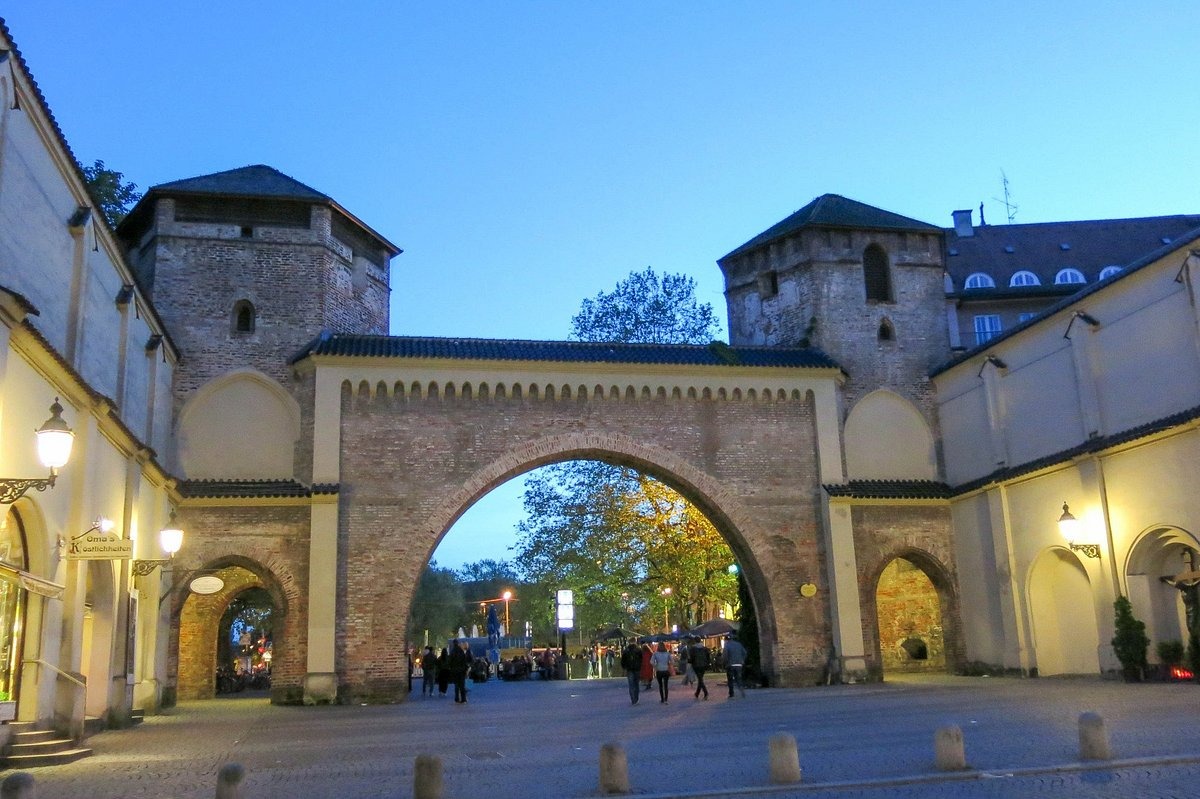
Sendlinger Tor dates back to the 14th century as part of Munich’s second ring of fortifications. While its original defensive function is long gone, the gate remains a symbolic marker of the city’s past.
It has seen centuries of merchants entering from the south, as well as pivotal historical events like the Sendlinger Mordweihnacht of 1705.
Today, with trams passing by and shops lining the square, the gate feels more like a central meeting spot than a relic, though it still anchors this part of town with quiet authority.
Visitors who stop here often linger only briefly before heading toward Marienplatz. Yet those who slow down find that Sendlinger Tor acts as a gateway to a much more personal Munich, where side streets tell stories that large boulevards cannot.
Walking Beyond the Gate: First Impressions of the Area
The streets immediately behind Sendlinger Tor balance between old Munich charm and modern life. Narrow alleys meet broader roads filled with small boutiques, bakeries, and family-run restaurants. This area is less curated than central tourist zones, which makes it feel more genuine.
If you are traveling alone and wish to combine cultural exploration with good company, Munich also offers discreet companionship services, such as Louisa.
It provides personalized companionship for those who enjoy having a partner to join them on their city wanderings, making a stroll through Sendlinger Tor’s quieter streets even more engaging.
Müllerstraße and Its Nightlife Identity
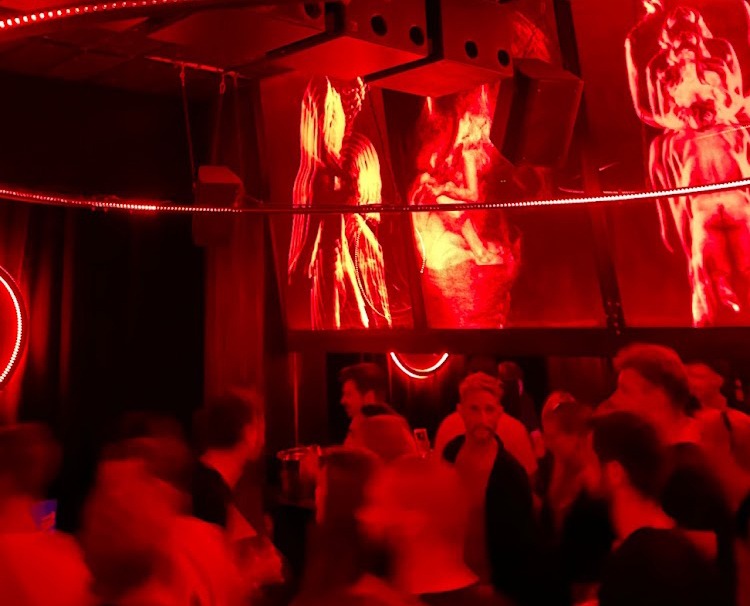
Among the most well-known streets near Sendlinger Tor is Müllerstraße. This stretch is famous for its nightlife, particularly the popular clubs and bars that attract locals and international visitors alike.
The area pulses with energy after sunset, with an atmosphere that feels approachable rather than overwhelming.
Daytime, Müllerstraße is quieter, lined with ordinary shops and places where locals buy their groceries or grab a quick snack.
The contrast between its daytime calm and nighttime energy gives the street a layered personality, reflecting Munich’s ability to balance tradition with modern trends.
Reichenbachstraße and Everyday Munich
Just a short walk from the gate, Reichenbachstraße feels more residential and grounded.
This street shows another face of Munich: leafy sidewalks, apartment houses with understated facades, and bakeries where the smell of fresh bread floats into the street.
Here you notice the rhythm of everyday life – children on bikes, elderly residents shopping, and students stopping for affordable lunch menus.
For visitors, it’s a chance to see Munich in its ordinary flow. Cafés here are rarely crowded with tourists, and they are excellent places to rest, enjoy a strong coffee, and observe the pace of the city away from its performance as a tourist capital.
Corners of Culture: Small Theaters and Art Spots
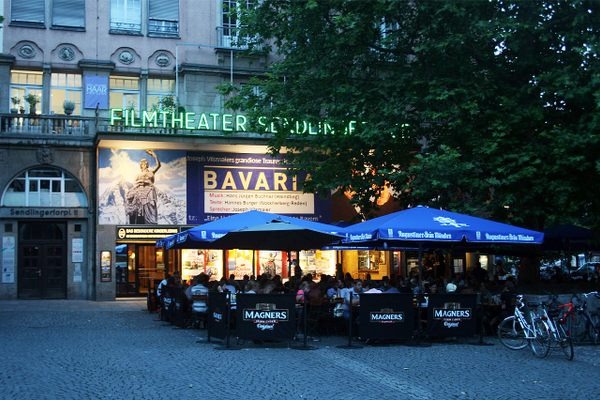
The area south of Sendlinger Tor holds several small cultural venues that often escape wider attention.
Independent theaters and small art spaces can be found tucked into side streets, offering evenings of cabaret, experimental plays, or exhibitions. These intimate spaces contrast with Munich’s big-name institutions, yet they are often the ones that leave a lasting impression.
Exploring them requires curiosity and a willingness to wander. Posters and handbills around the neighborhood are often the best guide to what’s happening on any given evening.
Café Culture and Hidden Courtyards
What Munich does so well is integrating quiet courtyards behind busy streets. Near Sendlinger Tor, many traditional buildings have inner courtyards that house cafés or small shops. These spots feel like little sanctuaries once you step inside, away from traffic noise.
Cafés in this part of town usually reflect personal touches: mismatched furniture, homemade cakes, and shelves of books for guests. Spending time in these places lets you feel part of the city rather than just a visitor. It is also here that conversations flow more naturally, as locals frequent them more than tourists.
Why Staying Near Sendlinger Tor Feels Different
Many visitors prefer accommodations near Marienplatz or the train station, but choosing to stay near Sendlinger Tor has distinct advantages.
You remain close to Munich’s historic core, yet you enjoy an atmosphere that is slightly more local and less hectic.
Transportation is excellent, with both tram and U-Bahn lines intersecting here, making it easy to move around the city or head south toward the Isar River.
For travelers who like to blend sightseeing with authentic experiences, this neighborhood offers a balanced base. It’s not just about proximity to attractions, but about being in an area that feels like part of Munich’s living fabric.
Practical Tips for Exploring the Area
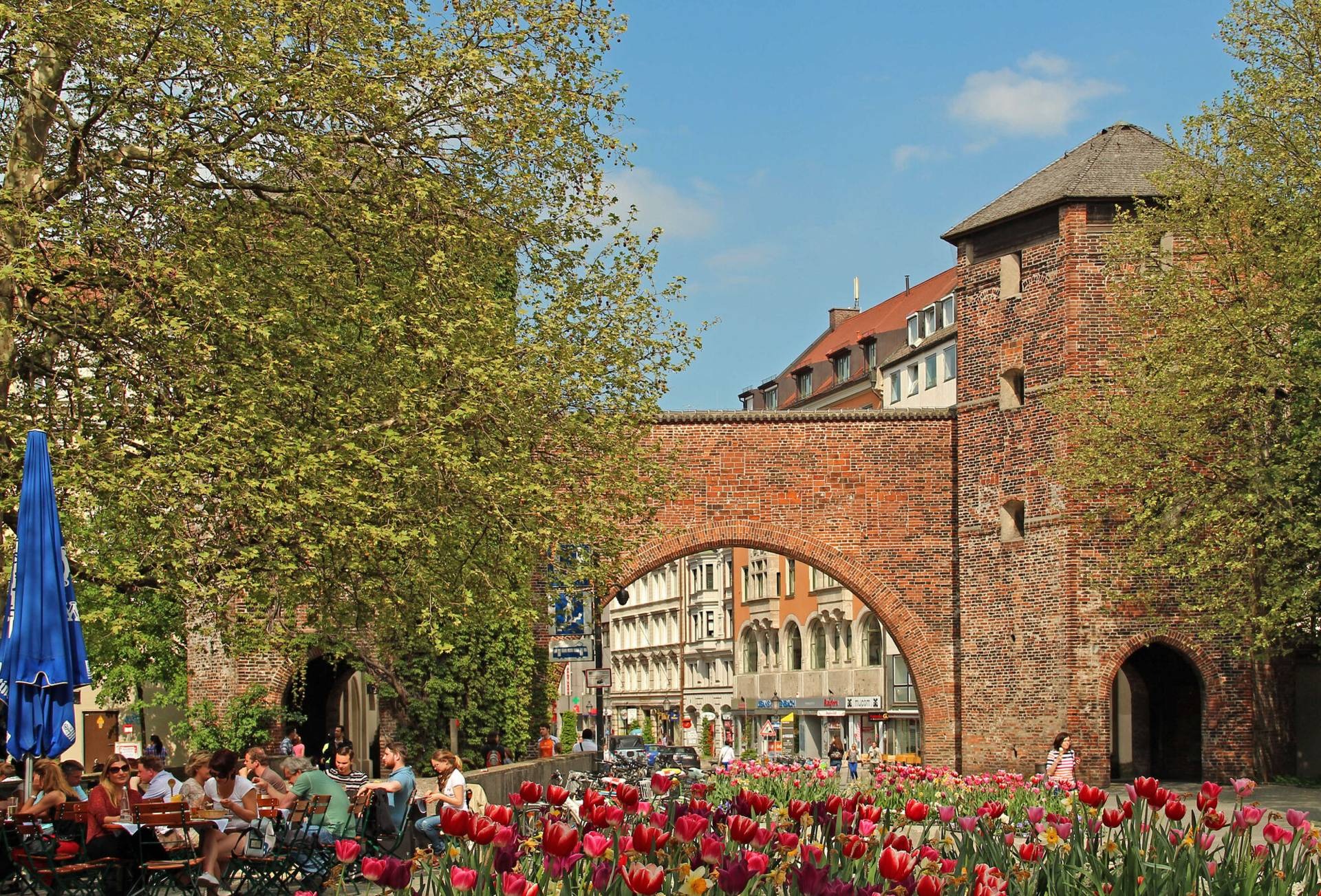
To get the most out of Sendlinger Tor and its lesser known streets, it helps to know a few practical points:
- Walk rather than rush: The streets here reveal themselves slowly, often with details you notice only on foot.
- Look for local signage: Many of the most interesting cafés or bars are tucked away and marked with small, discreet signs.
- Visit at different times: Day and night bring very different atmospheres. Try both.
- Combine with nearby districts: From Sendlinger Tor it is easy to walk into Glockenbachviertel, known for its creative vibe and inclusive spirit.
Conclusion
Sendlinger Tor is far more than just a medieval structure on a traffic circle. It is a portal into a network of streets that reveal Munich’s subtler, more intimate sides.
While crowds flow toward central attractions, those who venture into these backstreets encounter a city of bakeries, local bars, hidden courtyards, and small cultural venues.
Exploring here brings a sense of balance – between history and present life, between Munich’s global fame and its quieter identity.
For travelers seeking more than surface impressions, Sendlinger Tor and its surroundings stand as an invitation to see the city from within, not just from the outside.

